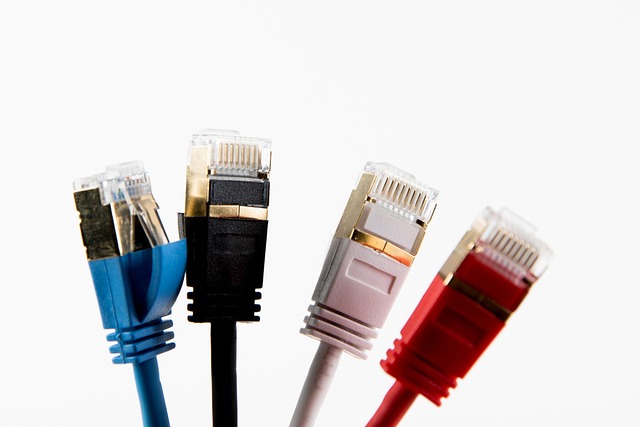
Have you heard of twisted pair cable? Originally invented by Alexander Graham Bell in 1881, it offers a high level of protection against electromagnetic interference. Cables, of course, can suffer from signal loss when exposed to electromagnetic interference. While developing the telephone, Bell acknowledged the need for a solution. This led to the advent of twisted pair cable, which is now used in countless electrical applications throughout the world.
What is Twisted Pair Cable?
Twisted pair cable is characterized by the use of one or more pairs of conductors that are twisted together. Each twisted pair cable contains pairs of conductors. The conductors are separately insulated, and they are twisted together in pairs to create the appearance of a braid.
The Purpose of Twisted Pair Cable
Noise is a concern when running cables. Cables can experience both incoming and outgoing noise, both of which involve electromagnetic interference. Twisted pair cable, however, minimizes noise to promote a stronger signal.
Some twisted pair cables are shielded. Others are unshielded. Shielded twisted pair cables offer an even higher level of protection against electromagnetic-induced noise. Regardless, all twisted pair cable features pairs of conductors twisted together. Each pair of conductors originates from a single circuit. The conductors are twisted together to achieve greater electromagnetic compatibility that protects them from incoming and outgoing noise.
Twisted Pair Cable vs Other Types of Cable
All cables have multiple conductors. That’s essentially what distinguishes them from wires. Wires have a single conductor, whereas cables have multiple conductors. Twisted pair cable, though, stands out from all other types of cable by its use of conductor pairs.
The conductors in twisted pair cable are bundled and twisted together in pairs. A typical piece of twisted pair cable may have three or four pairs of conductors. The conductors are twisted together to improve their electromagnetic compatibility.
Other types of cable lack conductor pairs. You can find multiple conductors in other types of cable, but they aren’t bundled together in pairs. Rather, each conductor is separate.
Disadvantages of Twisted Pair Cable
For electromagnetic compatibility, twisted pair cable comes out on top. It offers a high level of protection against electromagnetic-induced noise. But there are still disadvantages associated with twisted pair cable.
Twisted pair cable is susceptible to deformation. The conductors within it may deform during installation. Twisted pair cable may also suffer from delay skew. Delay skew is a concern when using twisted pair cable for video-related applications.

